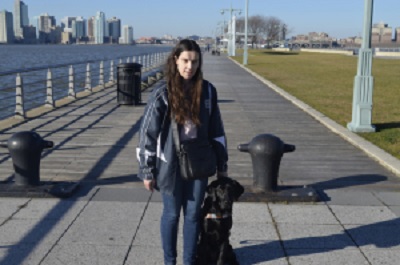Some are born great: a review of A.B.L.E.’s production of Twelfth Night
by Beth Finke
We’re pleased to have Carolyn Alessio as a guest blogger today. Carolyn teaches English at Cristo Rey Jesuit High School in Chicago, and her work has appeared in The Chicago Tribune, The Pushcart Prize Anthology, and Brain, Child. Her novel manuscript was a finalist for the PEN/Bellwether Prize for socially engaged fiction.
by Carolyn Alessio
“Some are born great, some achieve greatness, and some have greatness thrust upon them.” This quote from Shakespeare’s Twelfth Night is often used to inspire strength in serious situations, but it actually comes from a hilarious moment in the play. The A.B.L.E. Ensemble’s performance of Twelfth Night I went to at the Chicago Shakespeare Theater featured actors who embody greatness on and off stage and boast some impressive comedic skills as well.
A.B.L.E., which stands for Artists Breaking Limits & Expectations, includes 20 teen actors with Down syndrome and other developmental special needs. During the play, facilitators and teaching artists dressed in black assist the actors with lines while the actors concentrate on their characters and physical expressions. Founder and Director Katie Yohe cleverly demonstrated the method before the play began by offering the audience a line to repeat–about putting away all our cell phones and cameras during the performance.
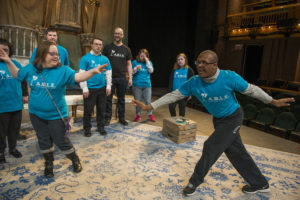 At first I wondered if the assistants might distract from the overall acting, or if the audience might not get to hear the actors’ distinct voices. Once the play started, I realized that several of the actors had already memorized their lines (through a rigorous practice schedule), and we had plenty of opportunities to hear the actors’ individual voices.
At first I wondered if the assistants might distract from the overall acting, or if the audience might not get to hear the actors’ distinct voices. Once the play started, I realized that several of the actors had already memorized their lines (through a rigorous practice schedule), and we had plenty of opportunities to hear the actors’ individual voices.
Many people with Down syndrome have anatomical differences in their oral cavity and facial muscles, and sometimes their words can be difficult to decipher. But almost everyone has trouble with Elizabethan English at first! At the play I found myself enjoying the words uttered twice–interpreted so differently, so passionately. The whole interaction reminded me of Portia’s lovely speech in The Merchant of Venice, in which she says that the “quality” of mercy is “twice blessed: It blesseth him that gives and him that takes.”
The actors’ physical “voices” also shone throughout the production. The role of Malvolio was a perfect vehicle for several A.B.L.E. actors. Written as a character who is a priggish servant to Countess Olivia, he is duped into believing that his boss secretly loves him and wants him to wear absurd, cross-gartered yellow stockings. Three different actors shared the part, and all showed great timing. Ben Collins, a 19-year-old ensemble veteran, hammed it up expertly, hopping around with one yellow-stockinged leg in the air. The audience exploded with laughter.
Versatility and adaptability are second-nature for these actors. Actor Lucy Walsh, another veteran, confidently played a whopping four roles including Feste, the clown. In the resplendent musical numbers that opened and closed the show, on-stage musicians played ukulele and guitar while the young actors swayed together, sang, blew kisses to the audience, and mixed in dance moves. One inventive actress even captured the creative, mischievous spirit of the play by briefly dancing “The Swim.”
The ensemble will start work on their second original feature film, The Spy Who Knew Me in August. A.B.L.E. describes it on their Hatchfund site like this:
Set among the high stakes game of international espionage, The Spy Who Knew Me follows a cast of 20 actors with Down syndrome as they struggle to stay true to who they really are in a world that wants them to be someone else.
The promising project is being funded by donations via Hatchfund.







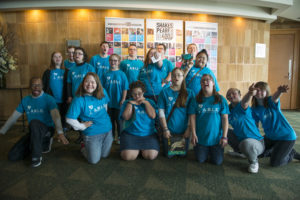
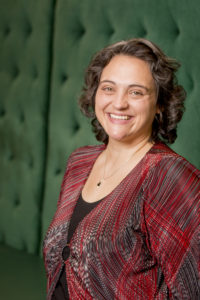


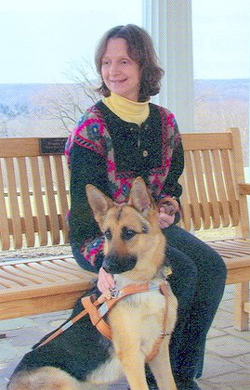 Just like me,
Just like me, 
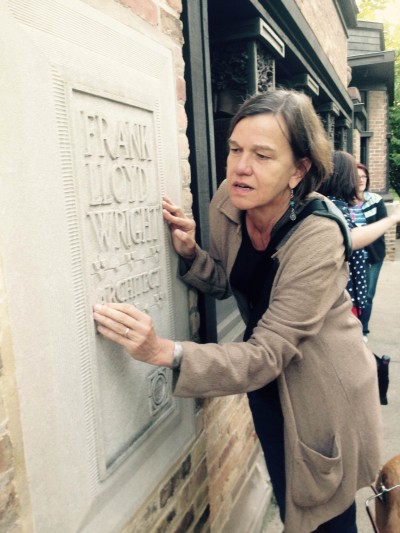


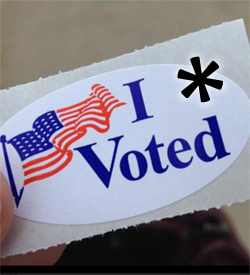 An
An 